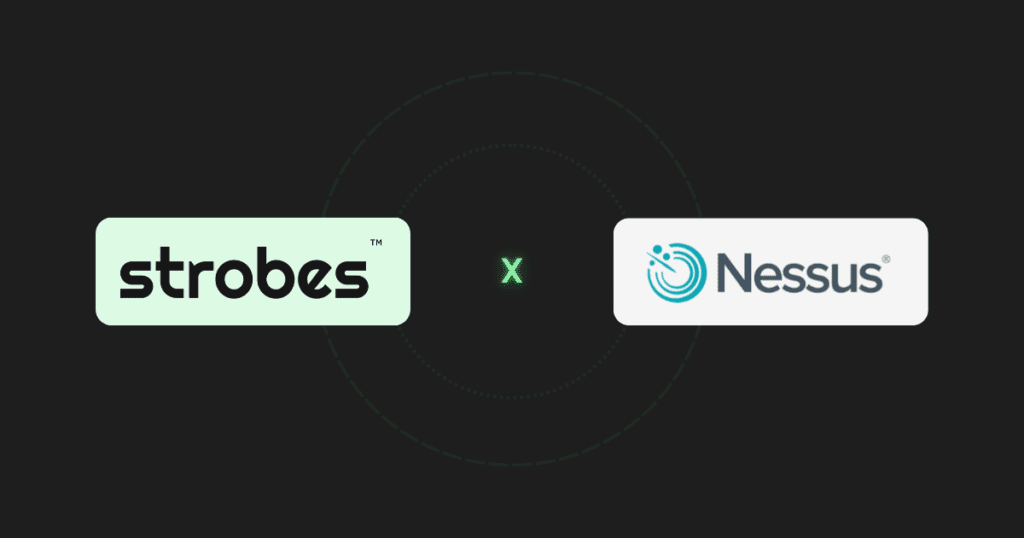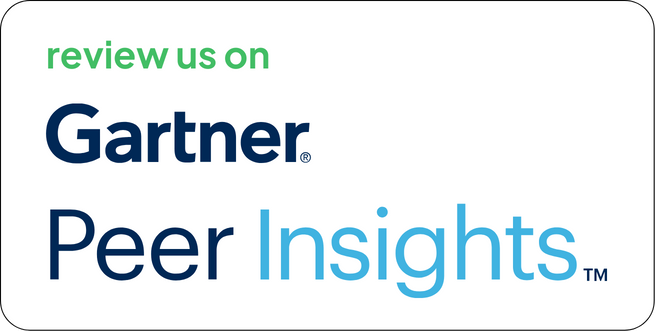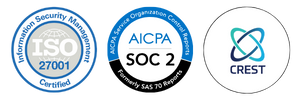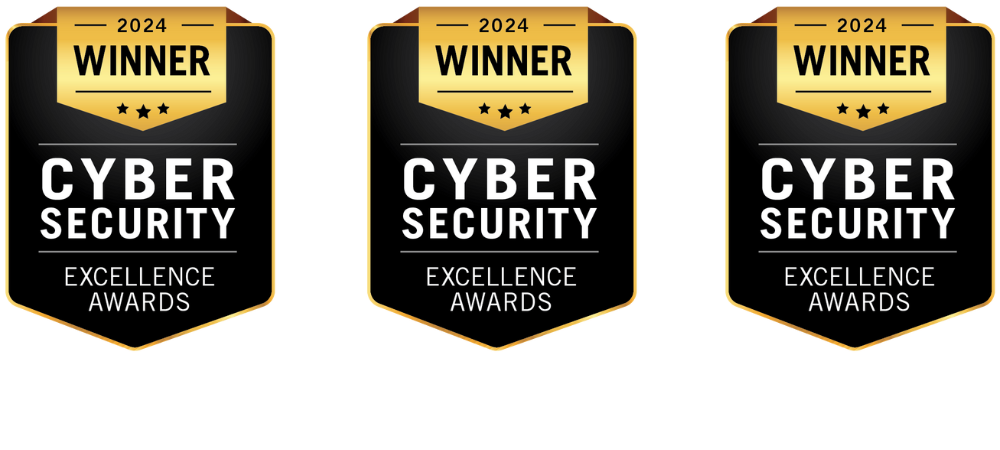Overview
Tenable Nessus is one of the most widely adopted vulnerability scanners in the industry. It effectively identifies infrastructure risks across operating systems, services, and applications.
However, scanning alone does not reduce risk. The actual challenge starts after detection, knowing what to act on, prioritizing based on context, and closing the loop with validation.
Strobes solves this by integrating directly with Nessus. It ingests, enriches, and correlates Nessus data, transforming high-volume scan results into structured, prioritized, and automated workflows that drive remediation at scale.
What Is Nessus?
Nessus by Tenable is designed for high-coverage vulnerability scanning across enterprise systems. It provides:
- Comprehensive detection across network and OS layers
- Regular plugin updates for new CVEs and threat signatures
- Agent-based or agentless scans
- Deep configuration scanning and policy compliance checks
While Nessus delivers robust detection, it falls short on operational follow-through:
- No deduplication across scans
- No exploitability scoring or contextual prioritization
- No native automation for ticketing or SLA tracking
- No visibility into remediation progress
What Is Strobes?
Strobes is an AI-powered CTEM (Continuous Threat Exposure Management) platform. Rather than replacing scanners like Nessus, it consolidates and operationalizes their output.
Key capabilities include:
- Ingesting data from scanners like Nessus, Qualys, and Burp
- Correlating and deduplicating across overlapping findings
- Risk scoring based on exploitability, business impact, and asset exposure
- Automation playbooks for ticketing, notifications, and SLAs
- Real-time dashboards for stakeholders at all levels
Purpose of the Nessus Integration
The Nessus Integration to Strobes is built for teams that:
- Rely on Nessus for infrastructure scanning
- Face bottlenecks due to manual triage or lack of prioritization
- Need automation to scale remediation workflows
- Are seeking better reporting and stakeholder visibility
How the Nessus Integration Works
1. Data Ingestion from Nessus
- Host details: IP, hostname, OS, agent ID
- Vulnerability metadata: Plugin ID, CVEs, CVSS, severity
- Detection context: discovery timestamp, plugin output, remediation guidance
The sync can be manual or scheduled, with frequency aligned to organizational needs (e.g., daily syncs for production, weekly for internal scans).
2. Normalization and Deduplication
Nessus findings are normalized into Strobes’ data model. The system automatically:
- Deduplicates repeated Plugin IDs across scans
- Correlates identical vulnerabilities from other tools (e.g., Qualys or InsightVM)
- Updates or closes resolved issues using scan timestamps
This eliminates the clutter of repeated findings, minimizing unnecessary effort.
3. Risk Scoring and Prioritization
Strobes enriches each Nessus finding by applying:
- Threat intel signals: Exploit availability, threat actor targeting
- Asset context: Internet exposure, production vs. test, criticality
- Business metadata: Asset tags, department ownership
The outcome is a risk score that reflects exploit likelihood and business impact, not just raw CVSS.
4. Workflow Automation
Based on custom rules, findings are routed into workflows:
- Ticketing: Automatically push findings to Jira, Azure Boards, or ServiceNow
- Ownership: Assign tickets based on asset group, business unit, or environment
- SLA Tracking: Set due dates and monitor remediation timelines
- Retesting: Configure validation through follow-up scans before auto-closing
All actions are logged, auditable, and traceable.
5. Unified Dashboards and Reports
Strobes provides:
- Risk trend dashboards with exploit-focused filters
- SLA heatmaps segmented by team or severity
- Asset-wise and business unit-level views
- Audit-ready reports mapped to frameworks like ISO 27001, NIST, PCI
These reports are built for both operational teams and executive stakeholders.
The Importance of the Nessus Integration to Strobes
Problem
Security teams using Nessus often encounter:
| Challenge | What This Integration Solves |
| Volume overload | Deduplication and correlation of Plugin IDs |
| Prioritization gaps | Risk-based scoring with exploit and asset sensitivity |
| Manual ticketing | Automated creation with contextual details |
| Remediation delays | SLA workflows with revalidation and closure |
| Fragmented reporting | Central dashboards and board-ready exports |
Who Benefits from Nessus Integration to Strobes?
- Enterprises managing thousands of hosts across a hybrid infrastructure
- Teams using Nessus with DevOps pipelines needing speed and traceability
- Compliance-heavy sectors requiring audit trails and SLA proof
- Security functions looking to scale with fewer analysts and clearer prioritization
Final Thoughts
Nessus identifies risks. Strobes makes them actionable.
This integration bridges the operational gap connecting detection to resolution with intelligence, automation, and visibility.
For teams stuck in reporting loops or buried in unresolved findings, this shift delivers measurable value and accountability.






